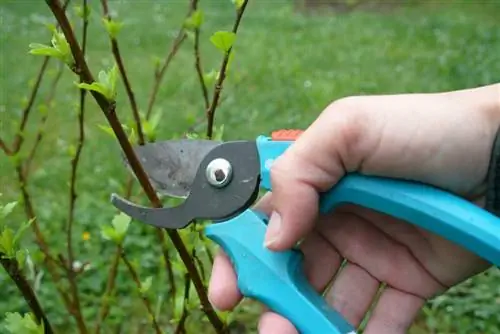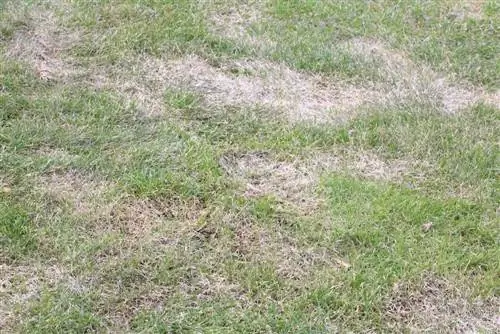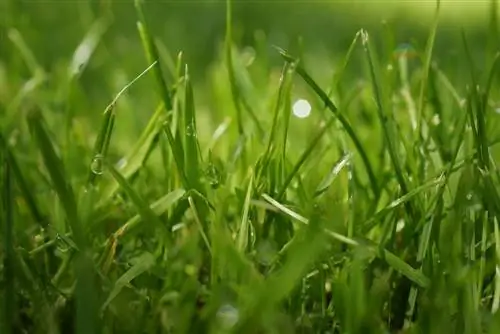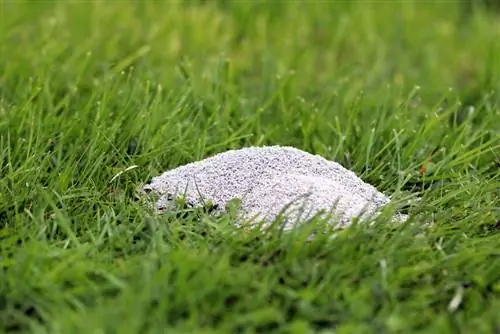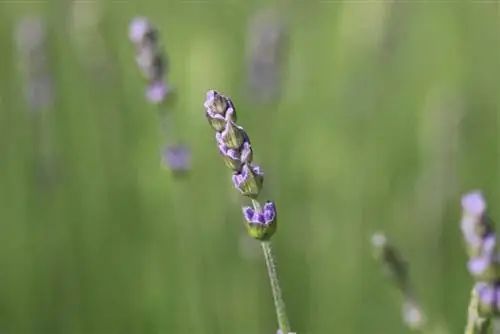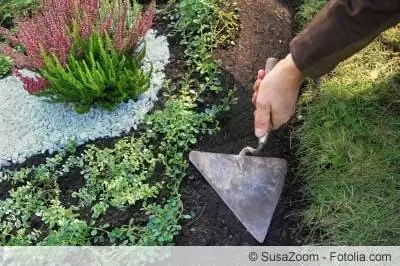- Author admin [email protected].
- Public 2023-12-17 03:39.
- Last modified 2025-01-24 12:45.
Pruning is probably the most important care measure you can give a tree in the garden. There is widespread agreement on this among garden owners and hobby gardeners. However, there is a lot of uncertainty about when exactly trees should be trimmed. The most important rule when pruning trees is very simple: Pruning should be carried out regularly from the first year onwards. This brings by far the greatest success.
Reasons for cutting
There is no question today that the trees in the garden need to be cut. They simply develop better when cut, are more resistant to diseases and pests and also produce more yield. Cutting essentially means that old or outdated shoots are removed. With good reason: young shoots produce much more foliage than old ones. They are also less susceptible to illness. Since cutting inevitably thins out the tree grain, the entire tree also receives more light and is subject to better ventilation, which in turn promotes its growth and well-being. The cut also causes them to produce more young shoots. This increases the yield, especially with fruit trees. And then it's also about the shape in the garden.
Note:
Topiary can be extremely important. This is especially true if there is a risk of the tree's branches getting in the way of buildings or other trees.
Summer cut
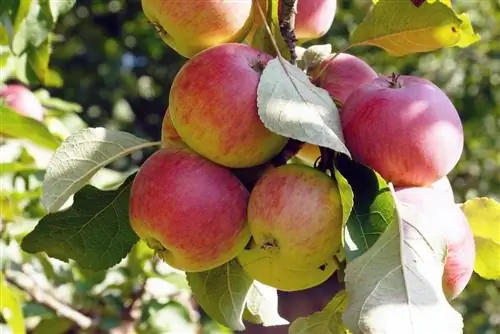
There were times when tree pruning in winter was primarily recommended. However, the focus was not on the needs of the tree, but on those of farmers and gardeners. Both had more time for cutting in winter, as there was significantly less other work than in spring or summer. It's just a shame that trees are most sensitive in winter. The injuries that inevitably result from a cut heal much more slowly at this time of year. Today, experts largely advise against winter pruning. According to your expertise and experience, the cut should definitely be done in summer. This is especially true for fruit trees like
- Apple
- Cherry
- Pear
- Plum
- Plum.
However, you should definitely not cut too early. Only when the shoots no longer produce new leaves should the scissors or knife be used. This usually happens around mid-August.
Note:
The first fruits that form can be cut off without hesitation. Since the tree receives more light after cutting, the remaining fruits often become larger and have more sweetness.
Spring cut
Spring in the garden is when vegetation begins, i.e. the first shoots appear on the trees. As long as that hasn't happened yet, you can still talk about winter, even if the calendar may already say otherwise. Pruning may only be carried out in spring once the first shoots have formed. However, you should limit yourself to trees that have particularly long shoots or branches. The classic example of this is the peach tree. In this way, it is possible to prevent the branches from breaking under the weight of the relatively heavy fruit and thereby seriously injuring the tree. Cutting early in spring means that a particularly large number of short shoots are formed, which are less likely to bend.
Autumn cut
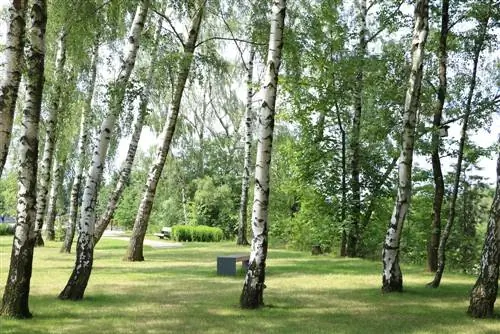
Autumn is the ideal season for so-called topiary. It literally brings the trees back into shape. Autumn pruning is therefore more about visual aspects than about promoting growth. In addition, trees that produce and possibly secrete a relatively large amount of sap should only be cut in autumn. These trees include:
- Maple
- Beech
- Birch
- Linde
- Walnut
Wound healing in trees is still active in autumn. Since every cut causes a wound to the tree, it closes relatively quickly at this point. This is particularly important for survival with trees that release a lot of sap. Autumn is also the ideal time to thoroughly remove unnecessary side and water shoots that have developed over the summer.
Regularity
Trees are relatively sensitive organisms. As already mentioned, practically every pruning action results in a tree being injured and suffering a wound. The larger this wound is, the higher the risk that the tree will be damaged. Therefore, it is of utmost importance to keep the wounds as small as possible. However, this usually only works if you don't have to cut away too much at once. By far the most important tip in connection with tree pruning is: Always prune regularly. The regularity of cutting plays a greater role than the timing of the cut. The reason for this is obvious: regular tree trimming, at least once a year, means that less cutting has to be done during each process, which means fewer and smaller injuries occur. And that in turn means that the tree will be better off for years to come.

